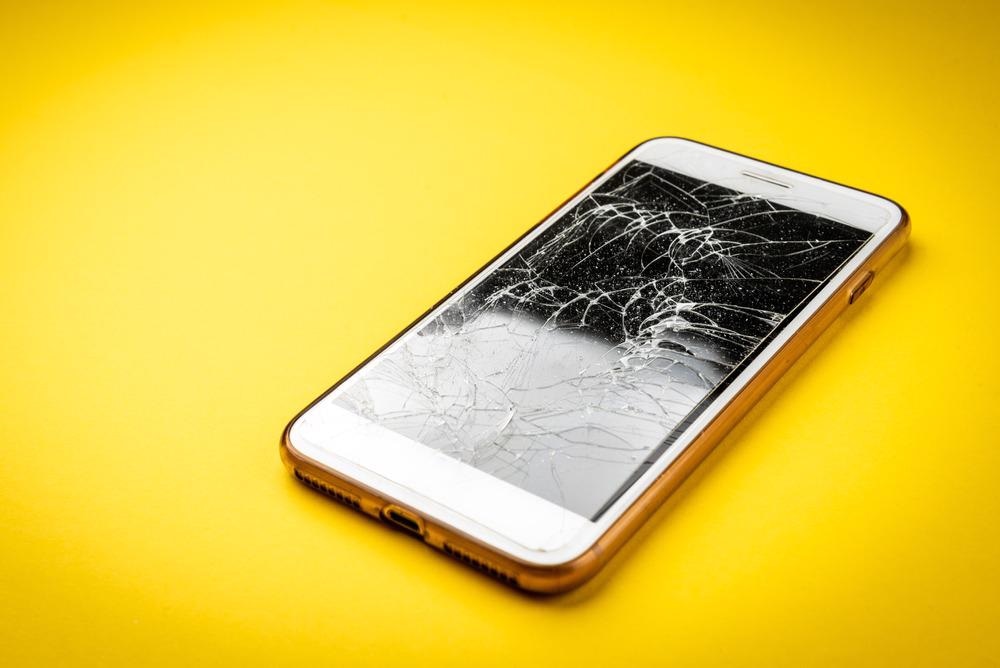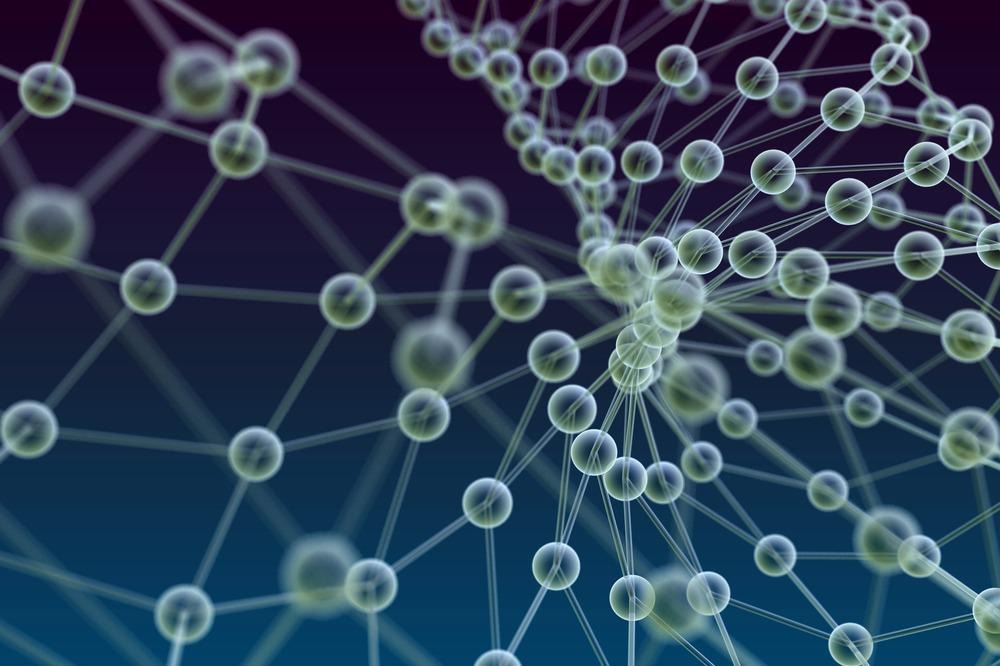According to studies, a revolutionary material has been discovered that can heal cracks and fractures in smartphone screens without sacrificing the screen's toughness.

Image Credit: natali_ploskaya/Shutterstock.com
Around 24% of smartphone owners have had to repair their screens due to significant scratches and other damage. Technicians' most common repair requests are shattered displays, followed by concerns about battery issues.
Since most smartphone touchscreens are firmly connected to the chassis, several OEMs replace the existing component rather than just the cracked component. It is often quicker to get a new smartphone than fix a broken one. As a result, much effort has gone into creating glasses that can endure being dropped from a moderate height. Once the glass is shattered, unfortunately, there is no way to fix it.
Now, a revolutionary material has been discovered that can heal cracks and fractures without sacrificing toughness. The self-healing polymer was developed utilizing a structure of chemical synthesis, and it performed well at ambient temperature.
The polymer material is a polymer bilayer film (PBF) is a combination comprising two layers that are adhered with each other to create a solid material, CPI film and linseed oil in silicone.
Because CPI film is widely utilized in a variety of sectors, regular initiatives have been undertaken to ensure durability by resolving fractures that might arise as a result of diverse exposure situations as well as breakages generated by persistent electromagnetic radiation.
Linseed oil granules make up the top surface, while CPI, a common glass-like substance used in smartphones and other electronics, makes up the lowest layer. CPI is a robust, transparent, bendable, and electrically conductive polymer.
The researcher, who published their findings in the journal Annual Reviews made the self-healing polymer using several materials. The polymers were made of microcapsules containing linseed oil that was combined with polydimethylsiloxane, a transparent silicon. After that, the solution was put on standard CPI films and dried at room temperature.
More on Phone Screens: Can Phone Screens Be Improved With Anisotropic Light-Diffusing Films?
The outer surface of the microcapsules is also fractured when the underneath CPI is strained to the point of breaking, allowing the microcapsules in that section to fracture and discharge the oil into the affected CPI film. When the oil is exposed to oxygen, it hardens into a clear solid, refilling and mending the fracture.
Self-healing polymers could be autonomic, meaning it occurs without the need for human involvement, or it might necessitate the use of an external source of energy, heat, or pressure. From thermoplastics to polyesters to elastomers, all types of polymers do have the ability to self-heal.
According to the research, other substances that could self-heal have mostly been capable of delivering large amounts of heat to the damaged gadget, and have mostly been employed on soft substances.
The revolutionary CPI film may be used on hard surfaces and seals cracks without using heat. CPI is a colorless polyimide with crystal clarity, great strength properties, and no scratching, even after being folded countless times. It is common in consumer electronics, especially flexible screens. When humidity and UV light are present, CPI operates better. According to Korean researchers, the microcapsule covering can restore 95% of the damages in just twenty minutes.

Image Credit: Photobank.kiev.ua/Shutterstock.com
This finding is important because the polymers save customers time and expense whilst still prolonging the material's lifetime and lowering ecological consequences. In the past, colorless polyimide (CPI) material was employed for foldable cellphones.
The CPI film is a clear and thin plastic film used to safeguard the touchscreen of smartphones and tablets. Because the CPI film is flexible and less expensive than ultra-thin glass, phone manufacturers have immediately embraced this for folding versions.
The use of linseed oil to help the polymer self-heal is a new discovery. Linseed oil is derived from flaxseed, and the scientists used the same seedlings in an identical way of creating them to colorless polyimide (CPI).
The new discoveries highlight the self-healing behaviors of polymer bilayer films (PBFs) with a bottom surface of CPI and an outer surface of linseed oil-loaded microcapsule (LOMC) submerged with polydimethylsiloxane (PDMS).
The findings of the investigation revealed a definite link between activating elements and healing time. Even though the healing behavior of PBF in an ambient condition is relatively slow, it has a better healing effect at the crack display when heated to 70 °C; additionally, the moisture content in conditions with a high humidity of 70% shows a gradual recovery process.
Summary
The self-healing linseed oil was first placed into microcapsules before being combined with a silicone substance. Whenever the microcapsules in the material crack caused by mechanical damages, the linseed oil pours and flows to the affected region, hardening it and repairing it.
The capacity to repair immediately local damages is a benefit of these kinds of self-healing capabilities. In the studies, the researchers employed the material as a coating on top of CPI.
The advantages of this technique might extend much further than shattered mobile screens: CPI film is a substance that can be used in everything from solar cells to artificial skin, and an increase in resilience and durability would benefit everyone. These multi-stimuli sensitive, transparent self-healing materials are to be extensively utilized in various applications, including transparent screens and flexible electronic displays.
References:
Blaiszik, B., et al. (2010). Self-Healing Polymers and Composites. Retrieved from: https://www.annualreviews.org/doi/abs/10.1146/annurev-matsci-070909-104532
Boyatzis, S., et al. (2002). UV exposure and temperature effects on curing mechanisms in thin linseed oil films: Spectroscopic and chromatographic studies. Retrieved from: https://www.researchgate.net/publication/229950738_UV_exposure_and_temperature_effects_on_curing_mechanisms_in_thin_linseed_oil_films_Spectroscopic_and_chromatographic_studies
Eureka Alert Press Release. (2020) Still paying for broken smartphone display? Now, It is automatically fixed. Retrieved from: https://www.eurekalert.org/news-releases/792886
Kim, Y., et al. (2020) Interfacial adhesion and self-healing kinetics of multi-stimuli responsive colorless polymer bilayers. Composites Part B: Engineering Volume 203. Retrieved from: https://www.sciencedirect.com/science/article/abs/pii/S1359836820335009
Disclaimer: The views expressed here are those of the author expressed in their private capacity and do not necessarily represent the views of AZoM.com Limited T/A AZoNetwork the owner and operator of this website. This disclaimer forms part of the Terms and conditions of use of this website.